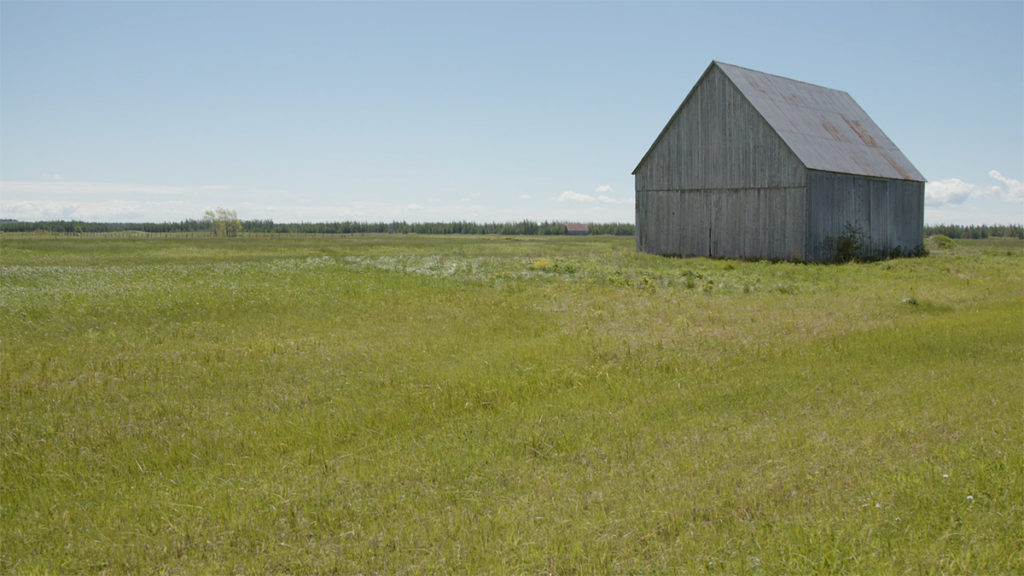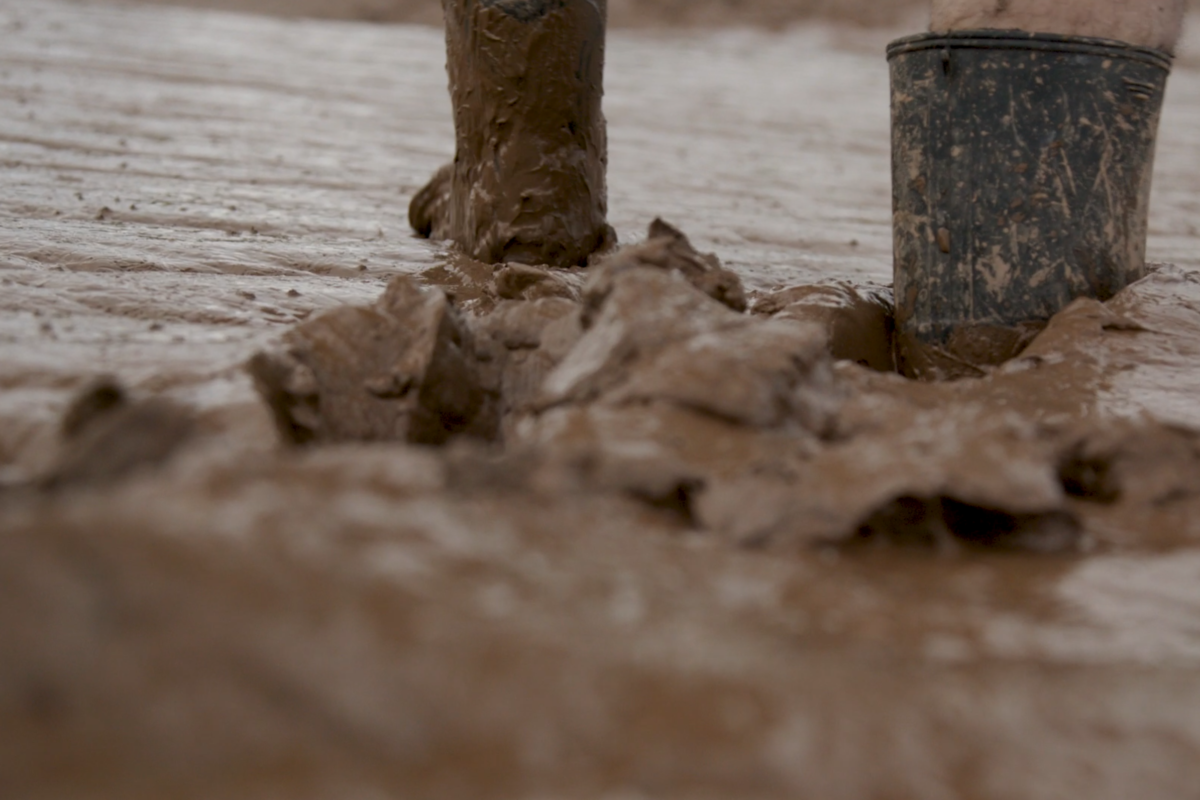
Second Nature
Until the early twentieth century, marsh owners profited from the dykelands, mostly growing hay. One dykeland area in southeastern New Brunswick became known as the “largest hayfield in the world.” But the hay economy collapsed with the introduction of the internal combustion engine which reduced the demand for hay to feed horses so that farmers could no longer afford to keep up their dykes and aboiteaux, leading to the frequent flooding of their lands. As a result, by the 1940s there were frequent reports of land going “out to sea,” to use the expression of the time, in some cases allowing the salt marsh to return.
In response to this crisis, in 1948 the Canadian government created the Maritime Marshland Rehabilitation Administration. Before winding down its operation in 1970, the MMRA had rehabilitated (through reconstruction or replacement) nearly 400 kilometres of dykes and more than 400 aboiteaux, allowing farmers to work their lands once again. In the process, however, three centuries of farmers collectively looking after the dykeland, through organizations known as marsh bodies came to an end, largely replaced by government agencies. This shift in control is described both in Unnatural Landscapes, and in Léonard Forest’s 1954 film, Les Aboiteaux, or in English, The Dikes.




